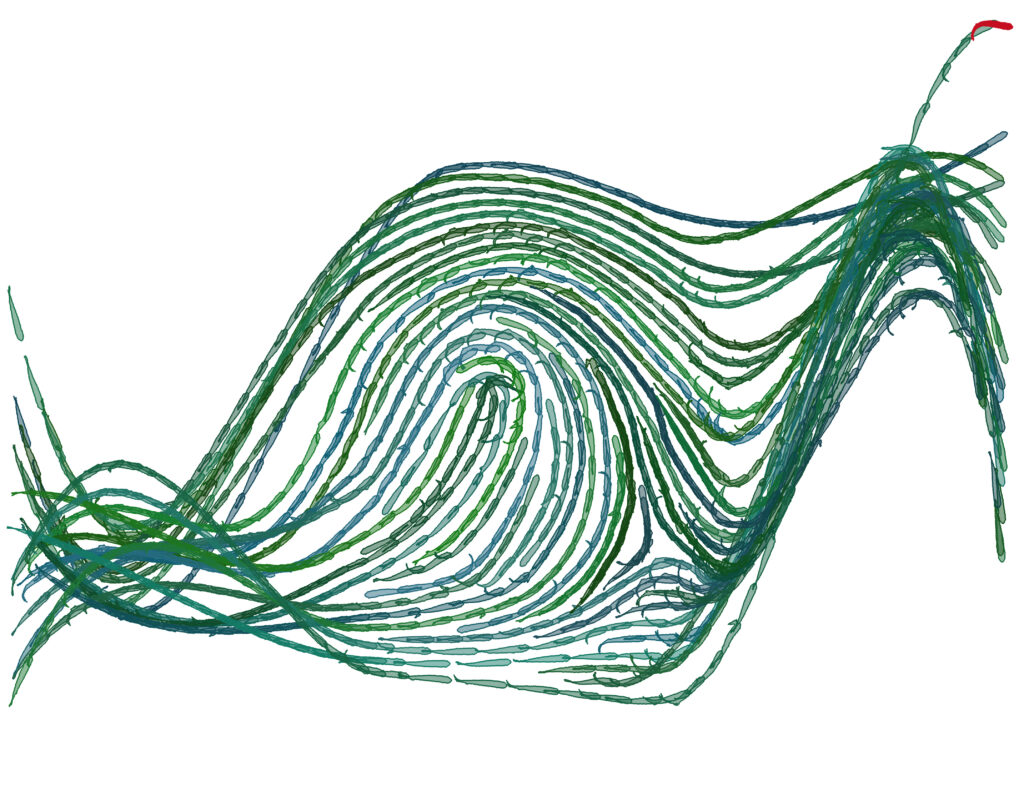mathematical models
The Voter Model: An Introduction
The voter model is a mathematical model which describes the formation of opinions, attitudes or cultural attributes through social contact. It models how randomly chosen agents come into contact with neighbours and how they adopt or reject those neighbours’ attitudes or cultural characteristics such as political opinions or musical tastes.
In 1964, geneticists Kimura and Weiss [1] introduced the stepping stone model. This was developed by other geneticists over twenty years. It was subsequently discovered and named the voter model by probability theorists Clifford and Sudbury [2] in 1973 and Holley and Liggett [3] in 1975. Since then, it has been adapted and extended for a wide variety of contact process applications.
The voter model can be used to simulate and consider a broad range of emergent phenomena, including human social interaction. The model generates structured output from a given random input. The output can be visualised in agent-based form using cellular automata, coloured cells representing agents which may change shape or colour over time as they come into contact with neighbouring cells. Probabilistic rules are assigned to the behaviour of agents, their movements and how and with whom they interact over time. Since the physical status, colour or shape, of each cellular automaton indicates the agent’s current set of attitudes or characteristics, we can analyse how contact with a neighbour or neighbours affects them over time. For example, they may or may not imitate the majority around them.
[click to continue…]
